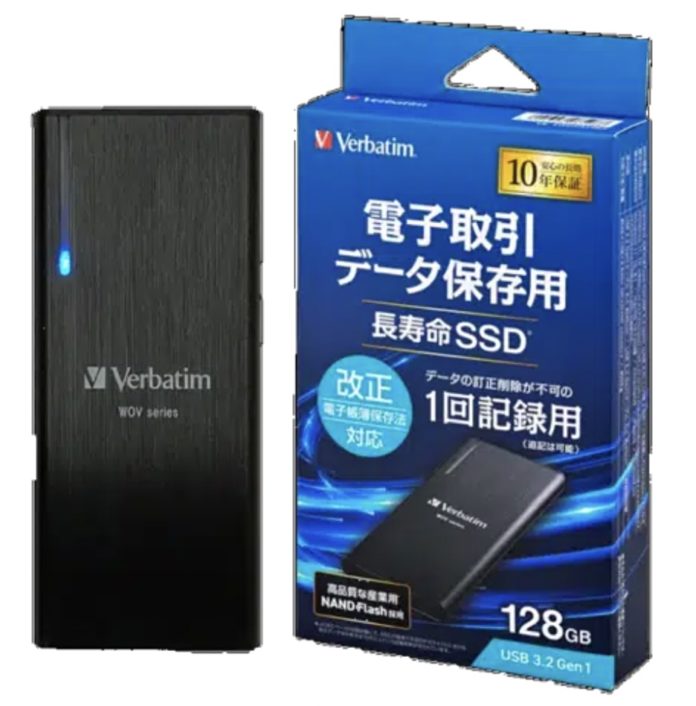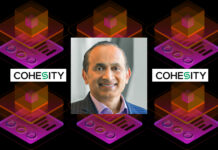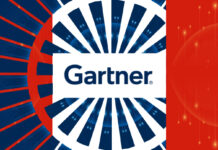…
Seagate celebrates Star Wars Day with the introduction of three collectible disk drives inspired by Boba Fett, Grogu, and The Mandalorian. Seagate’s marketeers have gone over the top, saying these “Special Edition FireCuda External Hard Drives are available with three unique aesthetics that represent each legendary character: the cool demeanor of legendary bounty hunter Boba Fett, the joyful look of Grogu, and the honorable and unwavering purpose of the Mandalorian. The drives come equipped with customizable RGB LED lighting and each design features a default custom character light out-of-the-box: a flashy red for Boba Fett, a glowing blue for Grogu, and a bold blue for the Mandalorian.” How can buyers resist?
…
Parsec Labs, which supplies enterprise data management and protection products, announced the general release of v5.0 of its data management suite with the ability to deploy Parsec’s products as a virtual appliance. Parsec’s software supports all data types (Block, File, & Object), and can easily, reliably, and securely move data from any source to any target, including to the cloud or between clouds.
…
Cloud storage provider Backblaze has published its latest drive stats table and presented the numbers a new way using a four-box quadrant style diagram – a “Drive Stats Failure Square” – measuring drive age and failure rate. It charts which top drive models are Winners, Challengers, Muddlers, or candidates to become Retirees. Here’s the base table, which leaves you with an impression of just how reliable most disk drives are:
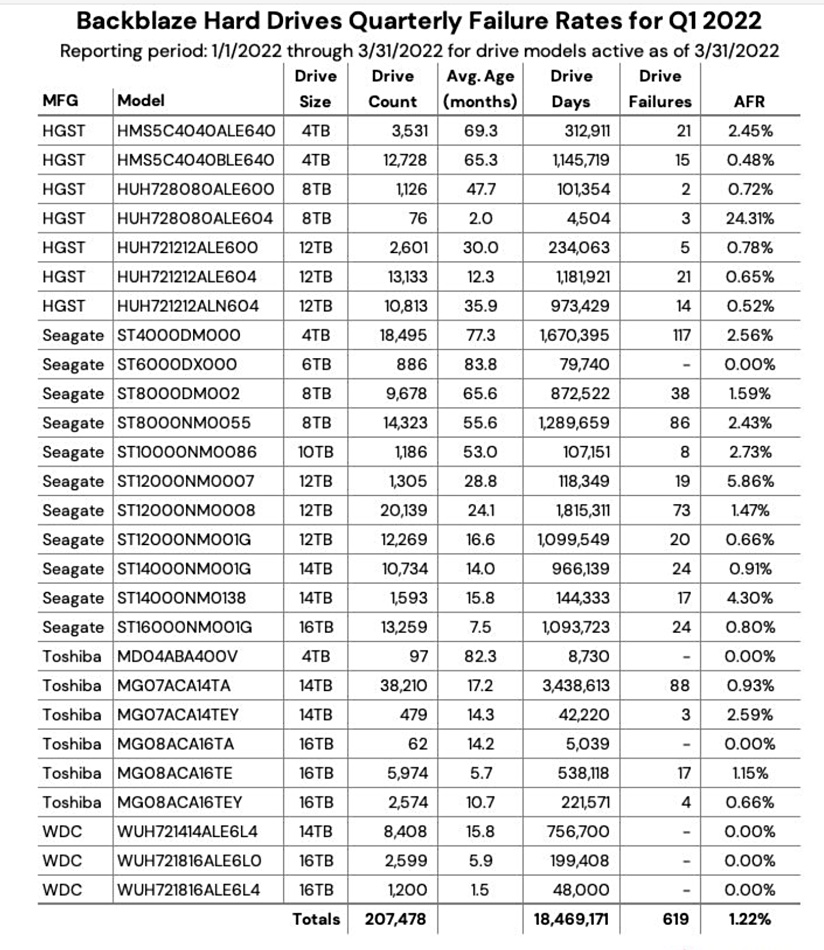
Standout points include the top performing drives over the long haul:
- HGST – 12TB model HUH721212ALE600. Annualized Failure Rate 0.33%
- Seagate – 12TB model ST12000NM001G. Annualized Failure Rate 0.63%
- WDC – 14TB model WUH721414ALE6L4. Annualized Failure Rate 0.33%
- Toshiba – 16TB model MG08ACA16TEY. Annualized Failure Rate 0.70%
…
Composable computing supplier Liqid is collaborating with Samsung (DDR5-based DRAM CXL module) and Tanzanite Silicon Solutions (memory pooling technology) to demonstrate composable memory via the Compute Express Link (CXL) 2.0 protocol at Dell Technologies World 2022. CXL can decouple DRAM from the CPU. Liqid’s Matrix composable disaggregated infrastructure (CDI) software can pool and compose memory in tandem with GPU, NVMe, persistent memory, FPGA, and other accelerator devices. It claims this allows for previously static DRAM resources to be shared for exponentially higher performance, reduced software stack complexity, and lower overall system cost, permitting users to focus on accelerating time to results for target workloads as opposed to maintaining physical hardware.
The demo config consisted of two Xeon-based Archer City systems (codenamed Sapphire Rapids), along with Tanzanite’s SLIC SoC implemented in an Intel Agilex FPGA, demonstrating clustered/tiered memory allocated across two hosts and orchestrated using Liqid Matrix CDI software.
…
NAKIVO has released v10.6 version of its Backup & Replication software with new functionality for protecting file shares on NAS devices and Windows/Linux file servers. The 10.6 release also expands the backup scope of Microsoft 365 and VMware vSphere environments, and adds a ransomware-resilient deployment option with hardened AMI. With NAS Backup, customers can back up entire file shares or specific folders within those shares to a variety of backup targets and recover files and folders to the location of their choice. The feature supports backup, backup copy and recovery of file shares using the NFS and SMB (CIFS) protocols.
…
Pavilion Data Systems announced the certification of NVMe/TCP for VMware vSphere 7 Update 3, and says it has the world’s broadest certified support for VMware vSphere 7 Update 3 with its NVMe/RDMA, NVMe/TCP, NFS, and iSCSI with its HyperParallel Flash array. Administrators can change protocols on the fly through an intuitive GUI. Customers decrease risk, enjoy choice and control, and can easily deploy Pavilion into existing NAS or iSCSI storage networks, replacing legacy systems that lack performance, capacity, and ability to leverage NVMe-oF.

…
Kiran Bhageshpur has been hired as Qumulo‘s CTO. He was the co-founder and CEO of Igneous, which crashed in late 2020 with the unstructured data management-as-a-service (UDMaaS) assets bought by Rubrik. Kiran returns after a two-year career break. Welcome back to the fray.
…
Samsung has developed a JEDEC-compliant UFS v4.0 technology, using seventh generation V-NAND (176-layer). It provides a speed of up to 23.2 Gbits per lane – double UFS 3.1. The sequential read speed is 4.2GB/sec and sequential write runs at 2.8GB/sec. These are approximately 2x and 1.6x faster speeds over the previous UFS 3.1 product, respectively. Samsung says UFS 4.0 is a good match with 5G smart phones. Its UFS 4.0 deliver a sequential read speed of up to 6.0 MB/sec per milliampere (mA) – a 46 per cent improvement over UFS 3.1. This will allow smartphones to be used longer at the same battery capacity. Samsung will be mass producing its UFS 4.0, sized at 11mm x 13mm x 1mm, in Q3, with capacities up to 1TB.
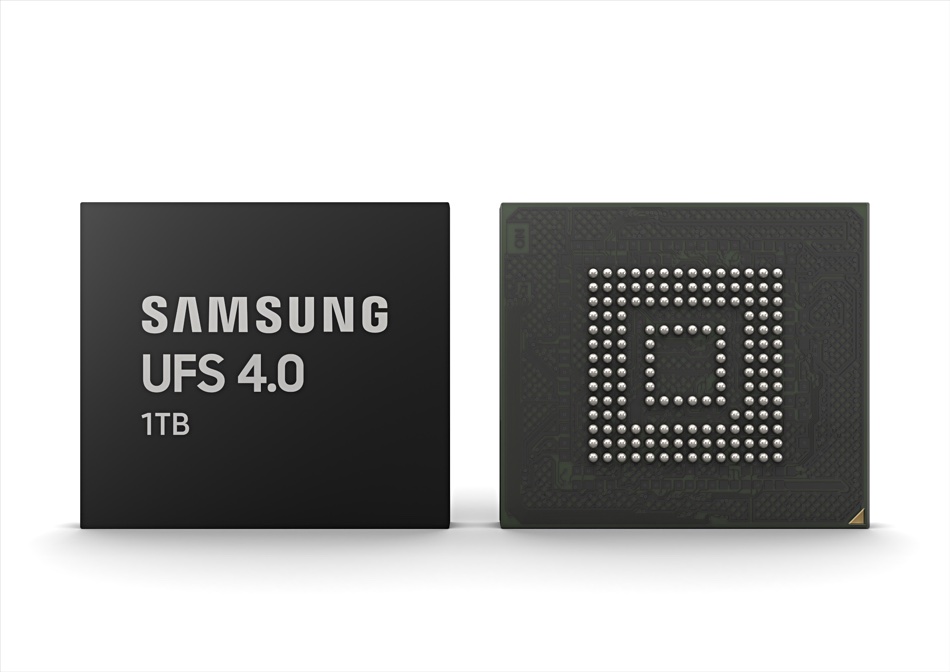
…
Seagate is shipping 20TB-plus drives in high volume. This includes 22TB drives to select customers – suspected to be among the hyperscalers. It will provide updates as these products become more widely available. The company’s maximum capacity drives that are publicly available are its 20TB Exos, IronWorld Pro and SkyHawk products. We don’t know if the 22TB HDDs are conventional or use shingled magnetic recording, but suspect they are conventional.
…
Veeam has appointed a CRO. John Jester comes from Google Cloud and Microsoft. He will oversee Veeam’s three regional sales heads – Paul Strelzik (SVP & GM Americas), Daniel Fried (GM & SVP EMEA) and Shaun McLagan (SVP APC).
…
Verbatim in Japan has warranted an external SSD for ten years. It’s a write-once SSD called the SWOVA128G with 128GB of capacity and a USB 3.2 Gen1 interface at 5Gbit/sec. The drive can be used to protect against accidental file deletion and overwriting, and avoid difficult backup/restore processes with a simple file copy. You could keep tax returns and similar long-life data on it – which is a need in Japan apparently.
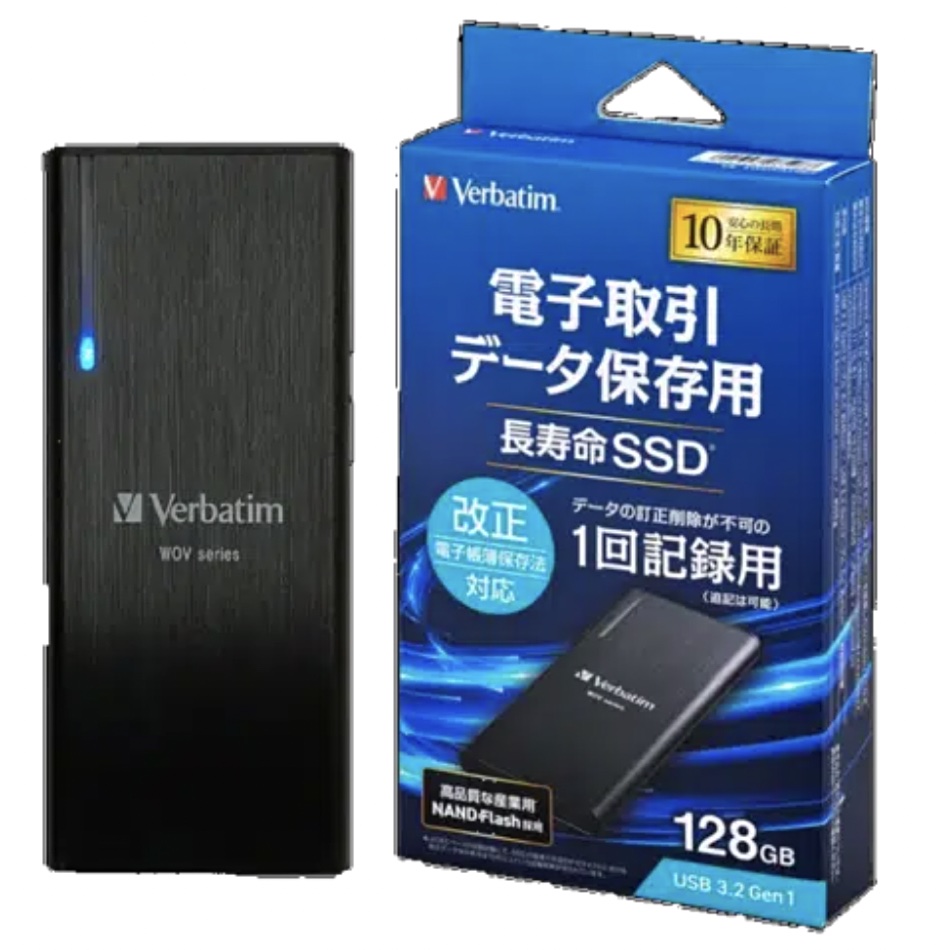
…
WANdisco announced its Edge to Cloud offering, which replicates edge data to a central site, such as the public cloud. Moving this data to the cloud is the only way for companies with thousands of edge centers to analyze sensor data collectively. Edge to Cloud moves multiple petabytes of data per day –over an exabyte of data per year. “Making sense of all your IoT data is the business opportunity of a generation. It’s what will turn companies in sectors like manufacturing, telecommunications, energy and utilities, healthcare and automotive into data companies,” said David Richards, co-founder and CEO of WANdisco.


